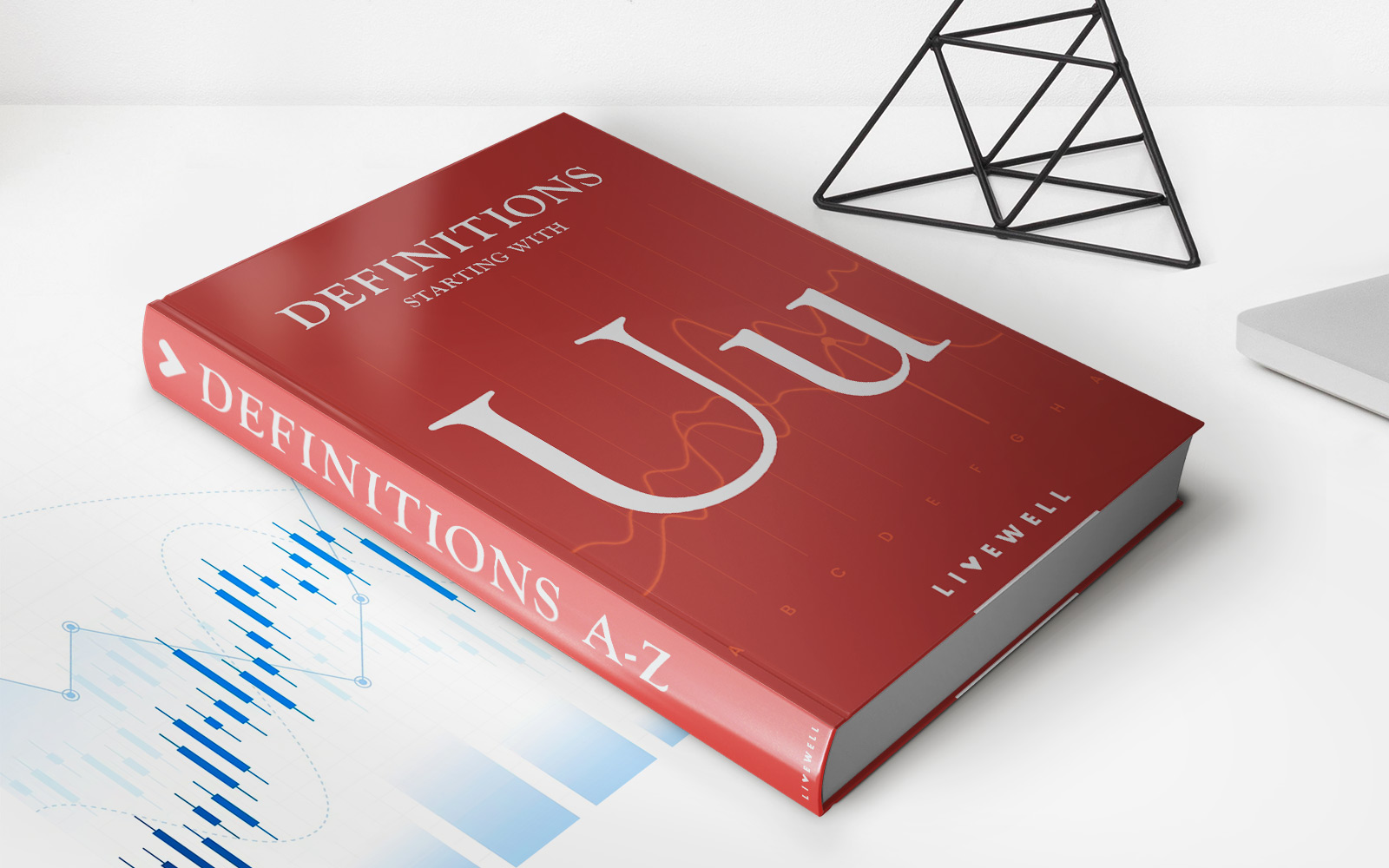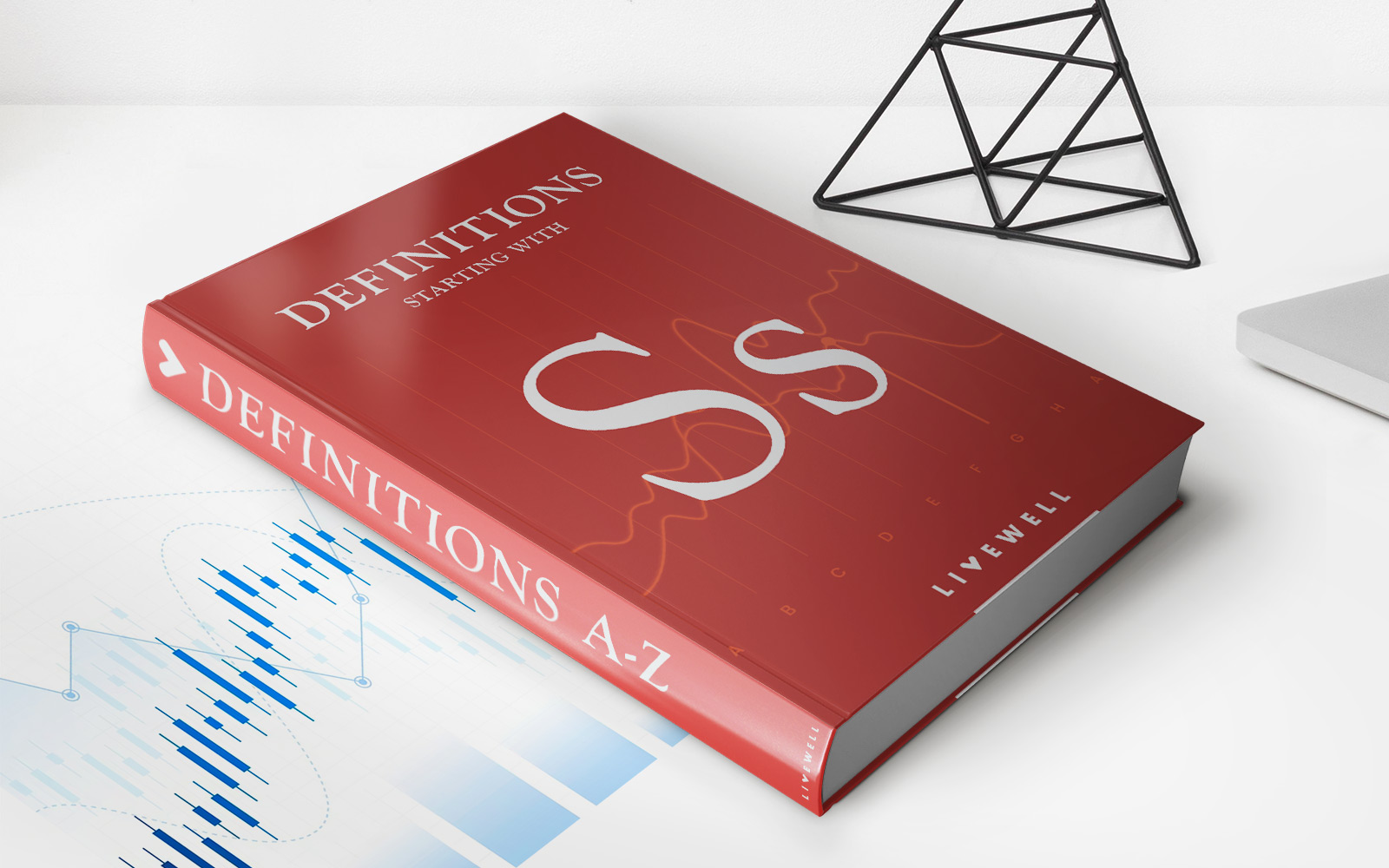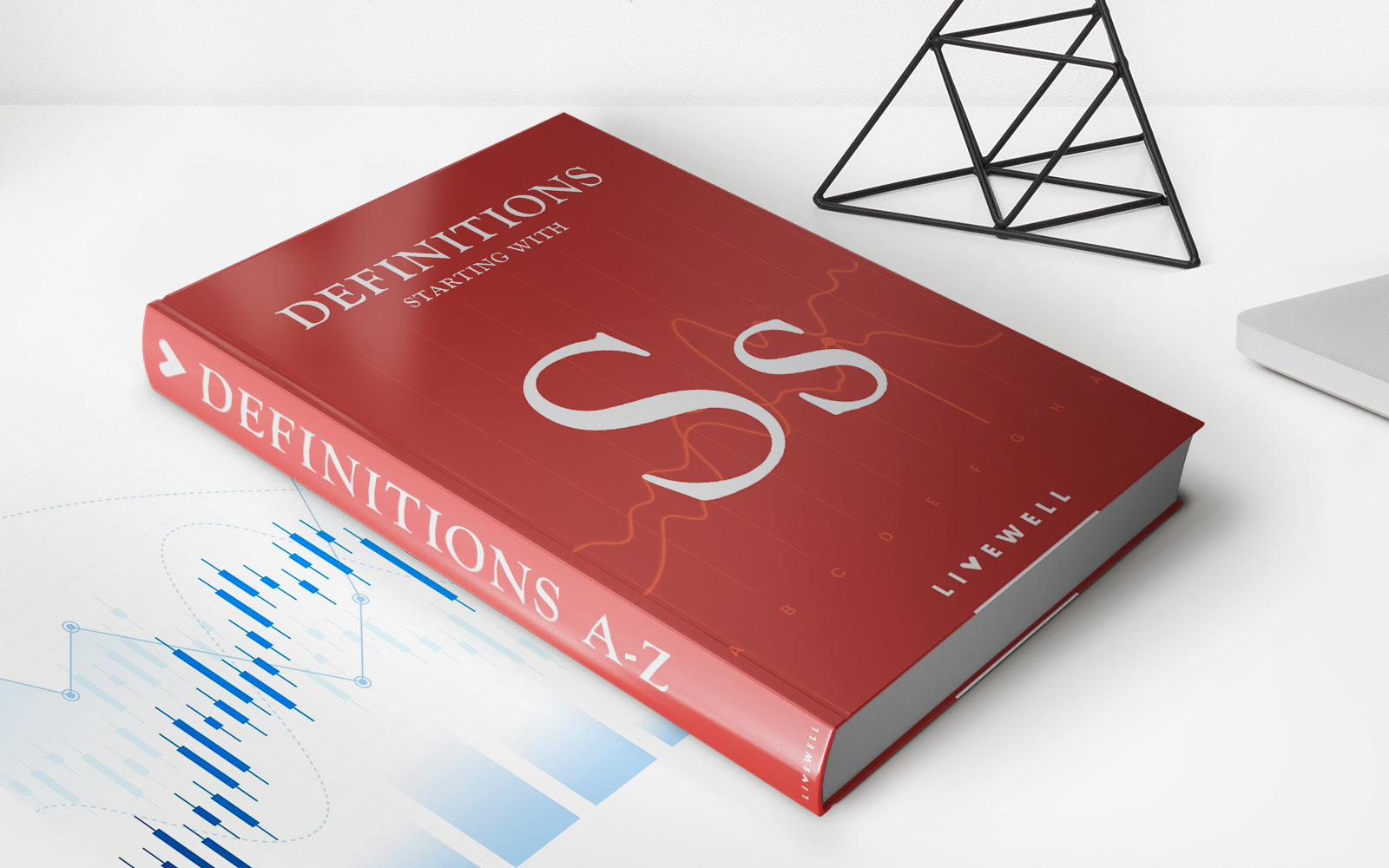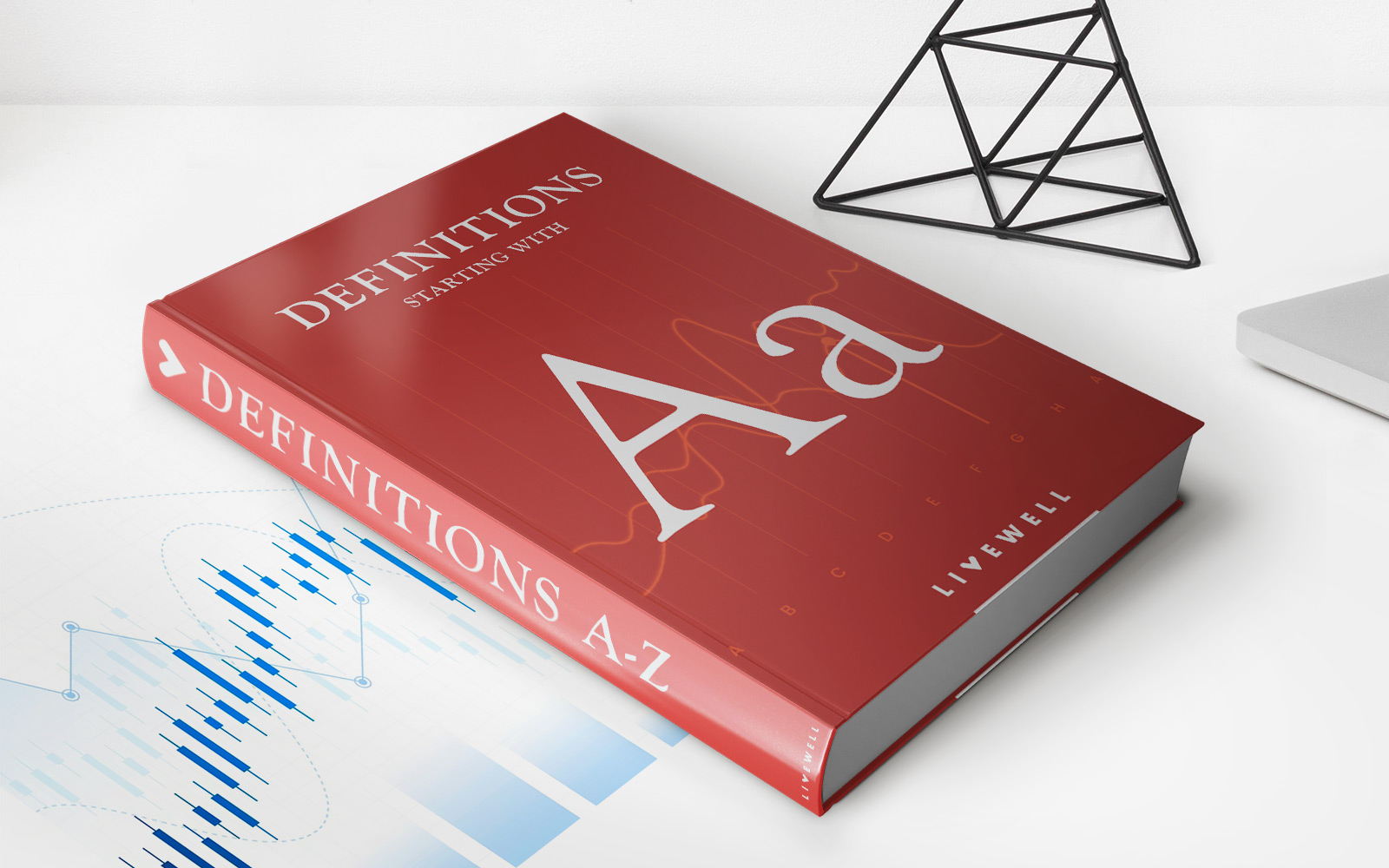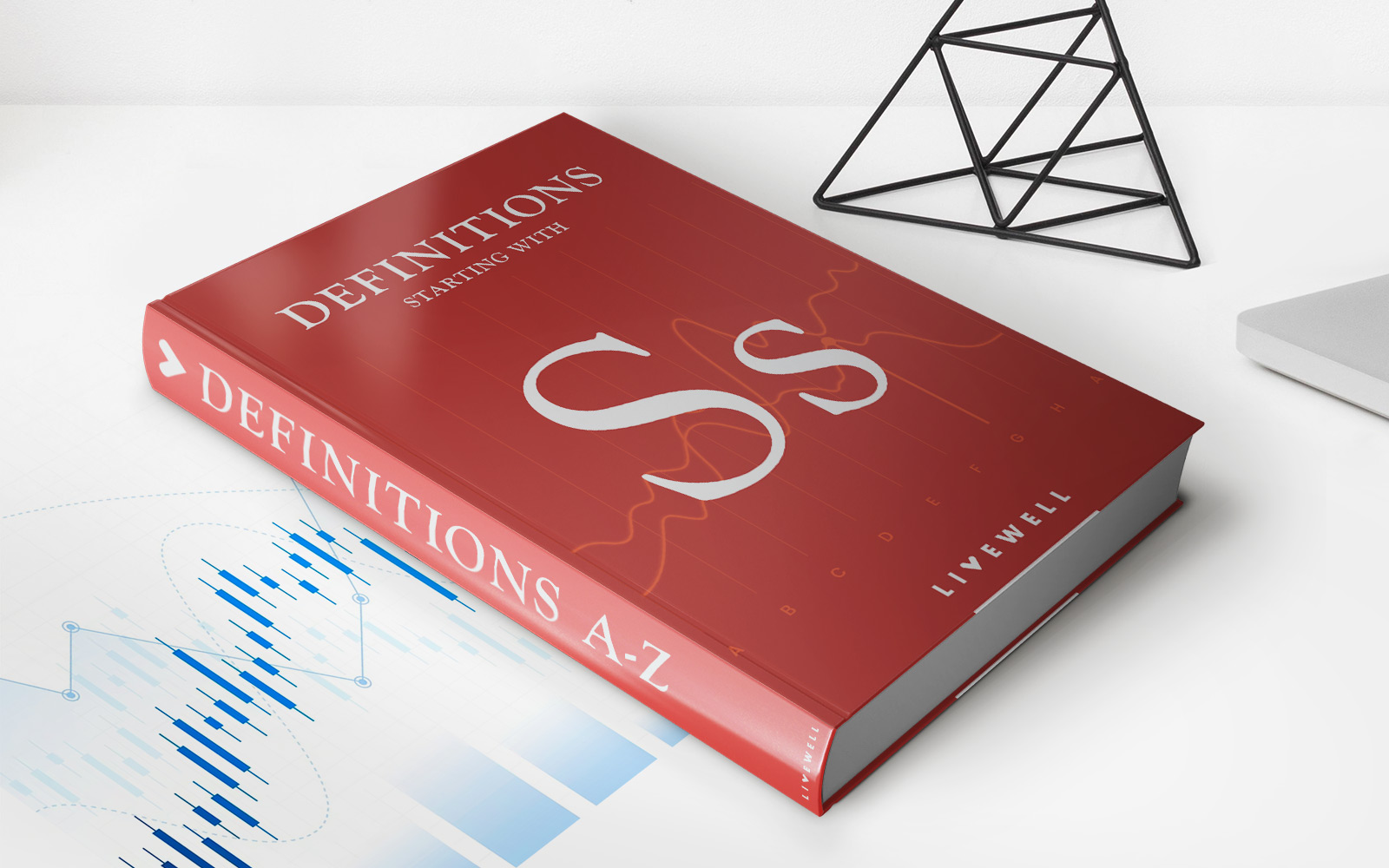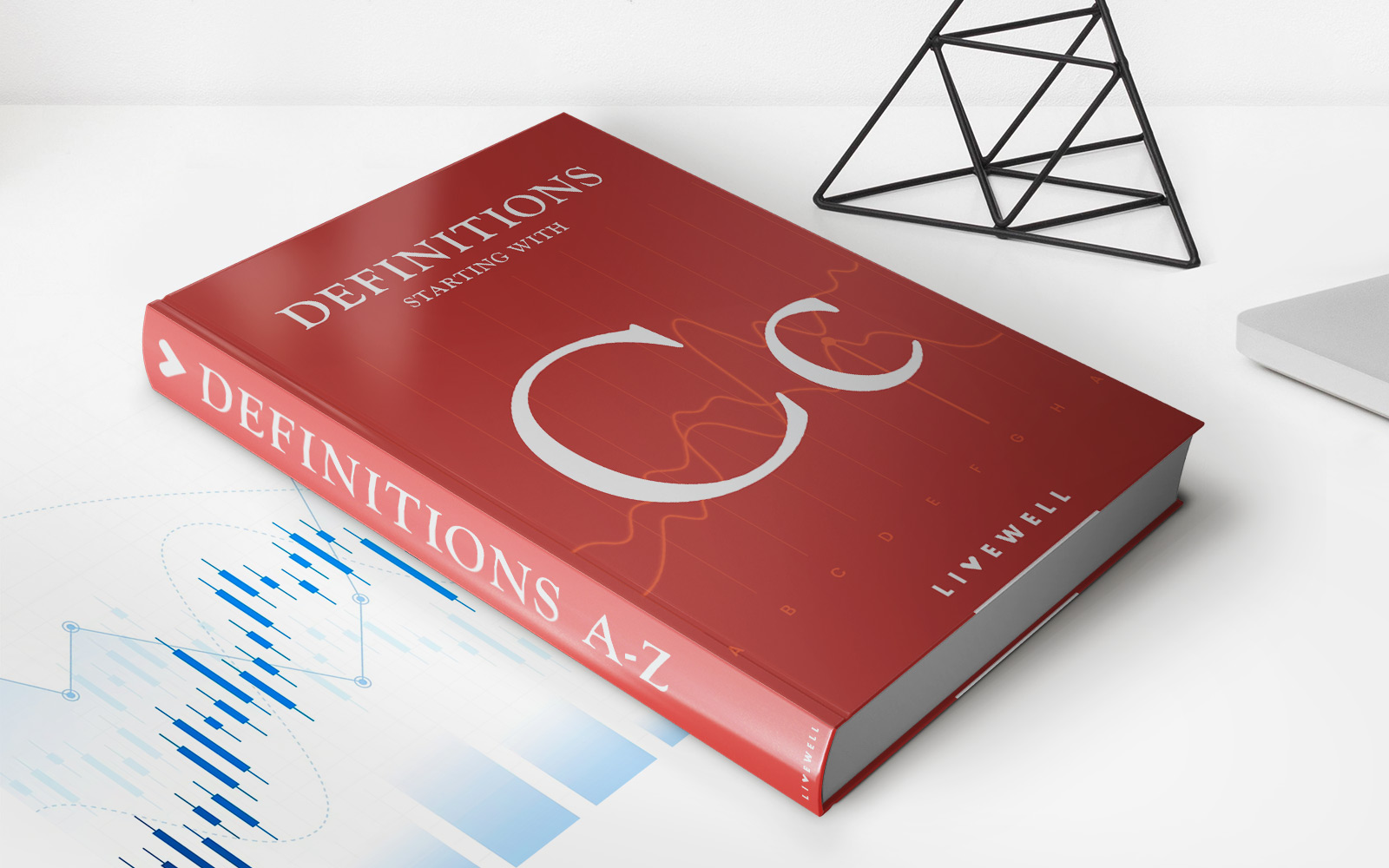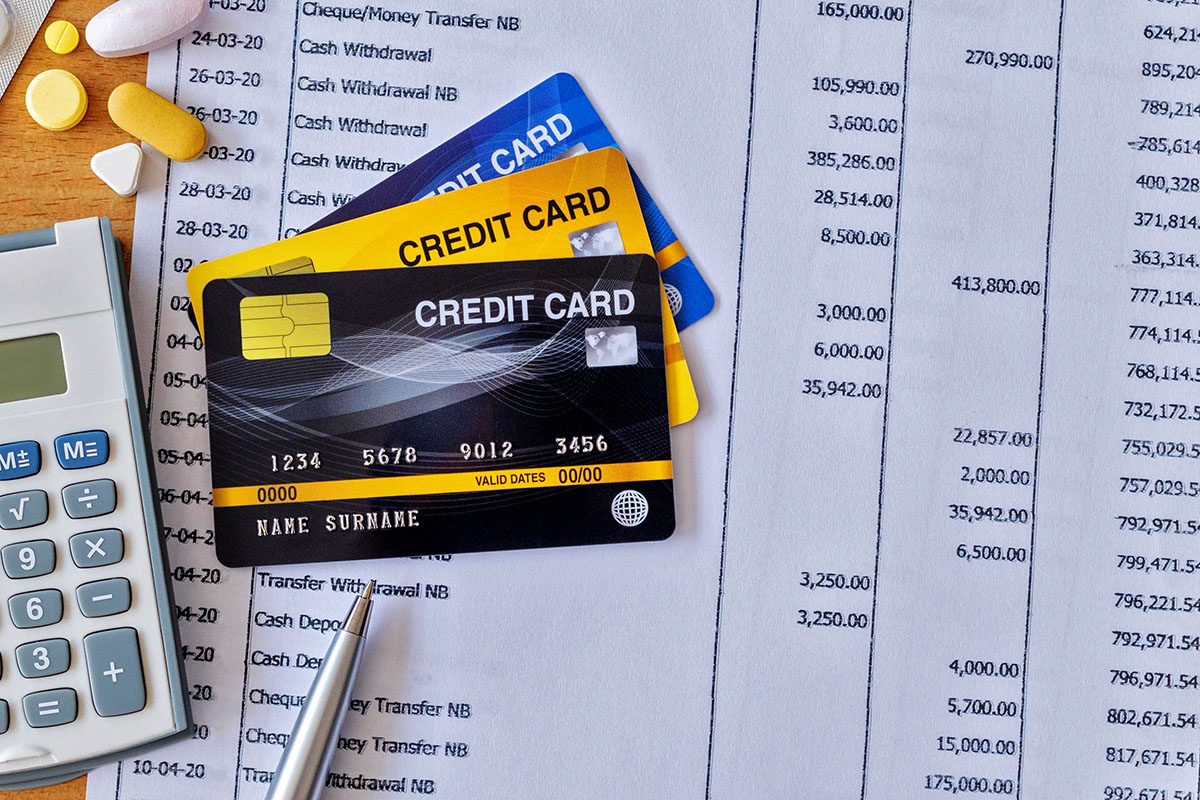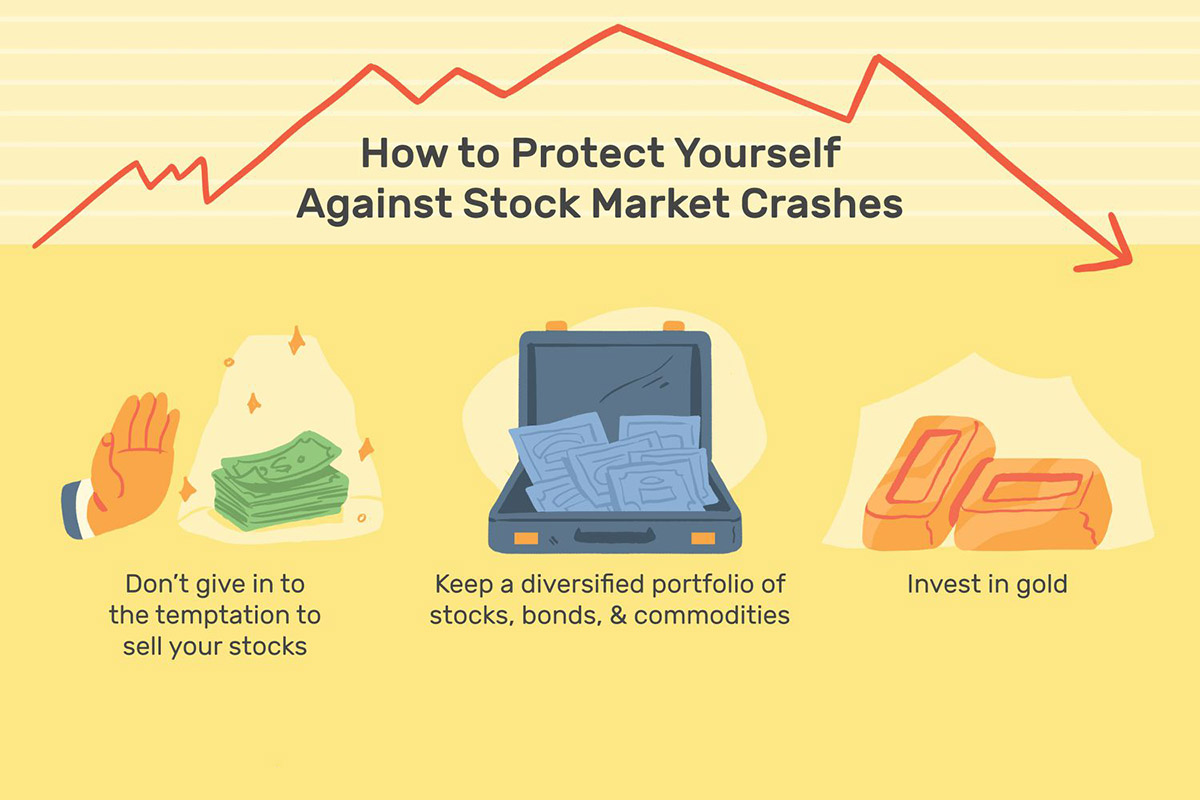Home>Finance>Currency Pair: EUR/USD (Euro/U.S. Dollar) Definition And History


Finance
Currency Pair: EUR/USD (Euro/U.S. Dollar) Definition And History
Published: November 6, 2023
Learn the definition and history of the EUR/USD (Euro/U.S. Dollar) currency pair in finance. Discover key insights and insights into this popular trading pair.
(Many of the links in this article redirect to a specific reviewed product. Your purchase of these products through affiliate links helps to generate commission for LiveWell, at no extra cost. Learn more)
Understanding Currency Pair: EUR/USD (Euro/U.S. Dollar) – Definition and History
Welcome to the “Finance” category of our blog, where we delve into the fascinating world of currency trading and the global financial markets. In this article, we will take a closer look at one of the most widely traded currency pairs in the world – EUR/USD (Euro/U.S. Dollar). So, if you are interested in understanding more about this dynamic pair and its historical significance, you’ve come to the right place.
Key Takeaways:
- EUR/USD is the abbreviation for the Euro/U.S. Dollar currency pair, where EUR represents the Euro and USD represents the United States Dollar.
- It is the most actively traded currency pair in the forex market, accounting for a significant portion of daily trading volume.
What is EUR/USD?
The EUR/USD currency pair represents the value of one Euro in terms of how many U.S. Dollars it can buy. In other words, it quantifies the exchange rate between the Euro and the U.S. Dollar. The Euro, issued by the European Central Bank (ECB), is the official currency of 19 European Union member countries. On the other hand, the U.S. Dollar is the national currency of the United States, issued by the Federal Reserve System (Fed).
Traders and investors closely watch the EUR/USD pair as it reflects the relationship between the European and American economies. Since the Eurozone and the United States are major global economic powerhouses, any event or news that affects their economies can impact the exchange rate between the two currencies.
A Brief History
The Euro was introduced as a virtual currency in 1999 and became the official currency for cash transactions on January 1, 2002. The EUR/USD currency pair started trading in the Forex market since the Euro’s inception.
Over the years, several significant events shaped the historical movements of the EUR/USD pair. Here are a few notable milestones:
- Introduction of the Euro: The Euro was introduced to create a unified currency for the European Union, fostering economic integration and streamlining trade and business.
- Financial Crisis of 2008: The global financial crisis triggered by the collapse of Lehman Brothers had a profound impact on the EUR/USD pair. The Euro initially weakened against the U.S. Dollar as investors sought the stability of the Dollar during the turmoil.
- Sovereign Debt Crisis: The debt crises in certain Eurozone member countries, such as Greece, in the early 2010s, caused significant volatility in the EUR/USD pair. The Euro faced pressure as concerns rose about the stability of some Eurozone economies.
- European Central Bank Policies: The monetary policies implemented by the European Central Bank play an essential role in shaping the EUR/USD. Changes in interest rates, quantitative easing programs, and announcements by the ECB can have a substantial impact on the pair’s value.
It is important to note that the EUR/USD pair is influenced by a wide range of factors, including economic indicators, political developments, and global market sentiment. Traders analyze these factors to make informed decisions and speculate on future price movements.
Conclusion
The EUR/USD (Euro/U.S. Dollar) currency pair is a crucial component of the global forex market. Being the most actively traded currency pair, it offers numerous trading opportunities for investors and reflects the economic dynamics between Europe and the United States. By understanding the history and factors that influence the EUR/USD pair, traders can enhance their comprehension of the forex market.
So, whether you are a seasoned trader or just starting your journey into the world of finance, keeping an eye on EUR/USD can provide valuable insights into the ever-changing landscape of international exchange rates.

